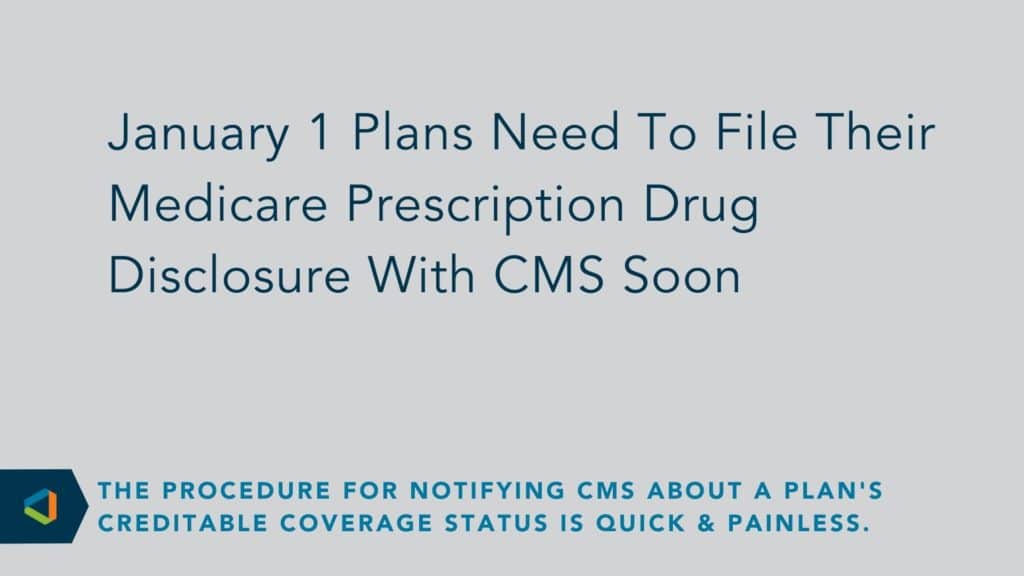Welcome to OneDigital Philadelphia, PA
We are a team of highly experienced and passionate benefit professionals, possessing the ingenuity to respond to a client’s distinct needs and challenges, the insight to anticipate change before it happens, and the resolve to tackle tough issues on a client’s behalf.
Visit us at: 400 Berwyn Park Suite 200, 899 Cassatt Road, Berwyn, PA 19312
View Careers Contact Philadelphia, PA









